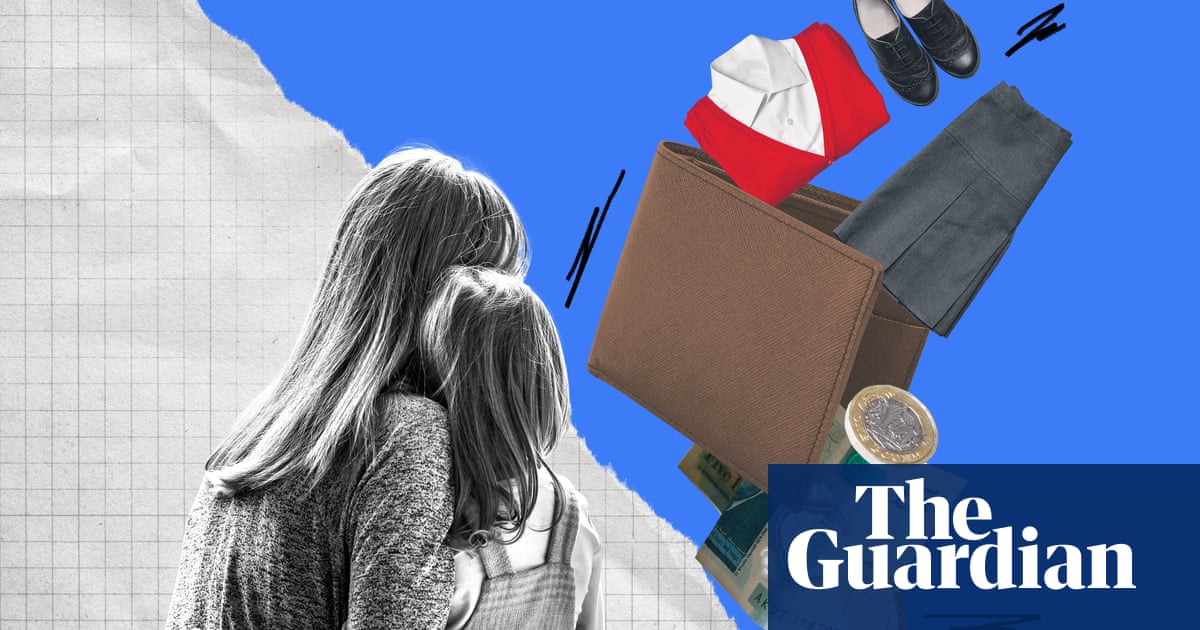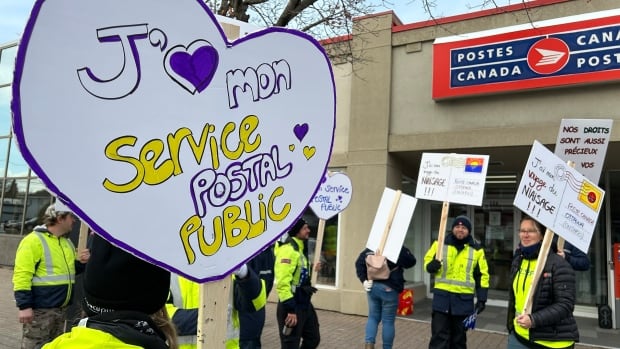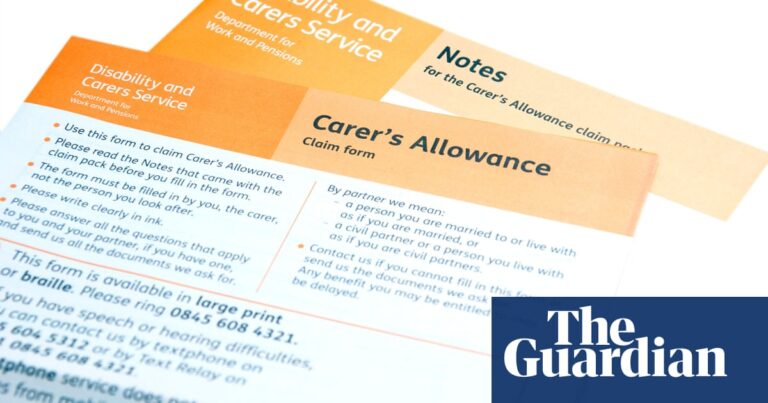
The news that rich donors have bought thousands of pounds’ worth of clothes for the prime minister and the chancellor has a particular sting for Saira. The single mother of three girls, aged from five to 17, she has been struggling to clothe them this month because of the two-child benefit limit, the rule that means most benefit recipients don’t get extra universal credit payments for third and subsequent children. Labour has so far chosen not to repeal this austerity-era initiative, which the Conservatives introduced in 2017.
In early September, with a new school term starting, Saira bought a waterproof coat for each of the girls (£150 in total), two sets of school uniforms and a PE kit each for the two younger ones, plus one pair of school shoes and one pair of trainers each. She took out an advance budgeting loan from the benefits office and spent well over £400.
Even with the loan, the surge of back-to-school expenditure left her with £7 in her account this Monday, to last until 30 September. Because she is not working, her bank will not let her go into her overdraft without imposing a fine. When we spoke on Monday morning, a fortnight after meeting in person at her home, she said she had spent the past hour trying to gather the emotional energy needed to send a WhatsApp message to her sister-in-law to ask for a loan – anything between £20 and £100 to tide her over until her next universal credit payment is made in a week.
Because of the two-child limit, she has been allocated universal credit for her two older children, but not for her youngest daughter, leaving the family with about £3,455 less every year than they would have had before the policy was introduced. Her youngest daughter, Aminah, is one of about 500,000 third or subsequent children born since the Conservatives brought in the cut on 5 April 2017 who has been ruled not entitled to means-tested support payments.
When she looks at her universal credit account on her mobile phone, Saira sees Aminah’s ineligible status underlined in the monthly breakdown of payments, which states, under Children: “You get support for two of your three children.” She senses here a subtext that the state considers the child should not have been born and does not count for much. “It looks harsh when you see it there,” she says.
Saira, who worked in retail and call centres before losing her job when her employer said he was unable to accommodate her request for part-time hours, finds that her universal credit payments routinely fail to stretch to the end of the month. “It’s the last 10 days that are the hardest,” she says. She finds asking for help from relatives humiliating, but has to weigh up that discomfort against the prospect of not having enough for the family to eat.
“I’m sitting here mentally preparing myself. She’s a very kind, private person, but I find it very embarrassing to have to ask her. It might take me until the end of the day until I can bring myself to message her,” Saira says, before attempting to put a brave face on the situation. “I’ve got £7, so it’s not absolutely nothing. There’s food in the freezer, but we’re not going to last with bread and milk and there are no eggs in the fridge.”
She does not want to dwell on the controversy over Keir Starmer’s decision to accept £16,200 for work clothing and Rachel Reeves’s acceptance of £7,500 for outfits. “I try hard not to spend too much energy thinking about how some people live like that and I’m living like this, otherwise you end up feeling resentful. I’m trying to be content with my situation, hoping that at the end of next month my finances will be better,” she says. “But it is quite hurtful. It’s such a substantial amount. It feels ridiculous when people are surviving on hot drinks and can’t always have three meals a day.”
The two-child limit has dramatically dropped off the political agenda. When Reeves did her major interviews before her Labour party conference speech, she was not asked about it – the trickier questions focused on her downbeat mood music, the winter fuel allowance cut and payment for her clothes. Yet, in July, it was this issue that marked the new Labour administration’s first crisis when Starmer said that the estimated £2.5bn annual cost of reversing the policy was unaffordable.
The Labour MP Rosie Duffield wrote that it was the issue above all others that had driven her to stand as a member of parliament, describing the policy as heinous, “sinister and overtly sexist”, an anti-feminist piece of social cleansing. The prime minister moved quickly to suspend seven Labour rebels (among them the former shadow chancellor John McDonnell) who voted for a Scottish National party amendment calling for the policy to be scrapped. They remain suspended.
One of the Conservative’s flagship austerity initiatives, the two-child policy was designed to teach parents that “children cost money” and to discourage them from having a third child, according to the Conservative work and pensions secretary Iain Duncan Smith, who added that it would help ensure parents did not “assume” that taxpayers would pick up the cost of deciding to have more children.
Saira was already closely familiar with the cost of having children before she had her third – a child whom she loves dearly, but who was not planned. She knew about the existence of the policy from a relative, but did not expect to be at the receiving end of it, until she found out she was pregnant again.
In theory, because she was in a controlling and coercive relationship, she could have applied for the rape exemption – the much-criticised clause that requires women to tell strangers in the benefits office that they are pregnant as a result of rape, or at the hands of an abusive partner, in order to qualify for the state support for a third or subsequent child. But she has declined to do so because she does not want her daughter to be labelled in that way, even privately on an official benefits database, horrified that she might one day find out.
“I knew that there was going to be no help available, but I went ahead anyway,” she said, when we met at her home two weeks ago (at which point she had £56.52 in her bank account to last until the end of September). The policy pushes whole households into poverty, affecting the first two children born in these families as much as the child born after the cut-off date. Figures released in July suggest that the initiative affects one in nine children; there are almost 1.6 million children in 440,000 families made poorer by the policy. Saira’s older daughters are just as damaged by the policy as the youngest. The effects are hard to pin down, but include the girls not knowing how to swim, because lessons are unaffordable; rarely taking family days out in the summer; living in an often unheated house; and, for Saira, dealing with the constant stress.
“I’m living on the edge all the time, constantly thinking about money, waking at three in the morning, thinking about debt, overthinking every decision,” she says. “My middle one is very athletic and wanted to do kickboxing classes, but they’re £11.50 a time. I told her: ‘We can’t.’ They’re really good kids. They understand. They try to appreciate what we have.”
There is rare unity on the policy among organisations working in this sector. Save the Children says it is one of the main drivers of rising child poverty in the UK; Human Rights Watch notes that the way the last government handled its reduction in welfare spending left parents in one of the largest economies in the world unable to feed their children. The Child Poverty Action Group states that abolishing the limit would be “the most cost-effective way to reduce child poverty, which is at a record level”. London School of Economics research says that the policy, which creates a deliberate gap between need and entitlement, is highly unusual internationally. Only three other countries in Europe place a similar limit on support – Spain, Romania and Cyprus – and in these countries restrictions kick in after three or four children, not two. Even the former foreign secretary Suella Braverman has called for the policy to be scrapped. David Freud, once a Conservative minister for welfare reform, has described it as “vicious” and an “excrescence”.
Research conducted by the Larger Families project, a group of academics led by the University of York who look at the impact of the two-child limit and the parallel benefit-cap policy, suggests that the initiative has failed in its two apparent aims: nudging parents back into work and reducing births among people in receipt of benefits. “The two-child limit hasn’t discouraged poorer families from having children; it has simply made families poorer,” the study has found.
When George Osborne unveiled the two-child limit in his 2015 budget speech, he set working families against those who do not work. “The benefits system should not support lifestyles and rents that are not available to the taxpayers who pay for that system … Another decision that most families make is how many children they have, conscious that each extra child costs the family more,” he said, announcing that families who had a third or subsequent child after April 2017 would not receive additional tax credit or universal credit support for this child. “It’s important to support families, but it’s also important to be fair to the many working families who don’t see their budgets rise by anything like that when they have more children.”
But research suggests that 59% of families affected by the policy have at least one parent working. A few minutes’ drive from Saira’s house, Haniya, another mother whose third child was born after the two-child limit was enforced, is also struggling with the fallout from buying back-to-school clothes for her children, despite having a husband in full-time work.
For much of our conversation, her four-year-old son, Saad, hides behind the sofa, occasionally poking his head out for a split second before retreating, listening unseen somewhere in the shadows. Her husband is working full-time at a nearby factory, earning about £800 a month, which he supplements with weekend Uber shifts. The family qualify for universal credit because of his low income, but were unaware that the rules had changed in 2017 to restrict support to the first two children.
Haniya, who worked as a nursery nurse until her second child was born, was told about the limit by a benefits worker when she rang to give details of her third child’s birth. “I don’t think I was aware that the money would stop after two … Go and get your racing cars,” she says, turning her head momentarily to speak to the gap between the wall and the sofa. “They said: you don’t get it for the third child. It was quite a shock.”
Ruth Patrick, a York academic who has interviewed Haniya and Saira for the Larger Families project, says this is a common way of learning about the benefit restrictions and that there is still very low awareness of the policy. The Conservative government did not advertise it in the way that it publicised other flagship initiatives – such as its hostile environment policies, with vans telling undocumented people to “Go home or face arrest”.
“Officials danced a little bit on a pin around whether they were actually trying to influence fertility decision-making. They were anxious about saying explicitly: ‘Just don’t have more children,’” Patrick says. Primarily, communications about the policy were lumped in with the skivers-and-strivers rhetoric, focused on creating a “mythical story they wanted to tell to the electorate about how there are these people that don’t deserve support and we’re going to sort that out. They weaponised the policy because they thought it would play well on the doorsteps.”
Haniya’s funds are also depleted by the extra costs of the long summer holidays. “It is hard, because you just get support for two out of the three children, but my son needs uniform and shoes, too. It doesn’t feel fair. Buying everything this year was tricky, to say the least. I spent £137 on uniforms. After you’ve paid the bills and done the food shop, it just goes.”
This month, she has bought a winter coat for her daughter, who is at secondary school. “Not for my boys. Theirs are still doable, not torn,” she said. She needs to prioritise her daughter for the moment because the school has such a strict dress code. “If you don’t have the right uniform, it’s detention for half an hour after school. I bought her two pairs of everything.” Her children have also missed out on learning to swim and summer trips out of town. Her eldest has broached the subject of a mobile phone. “She doesn’t need it, but she has mentioned it a couple of times. ‘Mum, why don’t you just buy me a phone?’ I can’t afford it.”
Why has the debate about the policy gone silent? Jonathan Portes, a professor of economics and public policy at King’s College London, suggests that politicians and the media only have room in their heads to focus on one unpopular benefits-related decision; this month, attention has swung towards cuts to winter fuel payments for pensioners.
“Politically, if you take away a relatively small amount of money from 10 million pensioners, that is a much bigger political issue than if you take away several thousand pounds from a few hundred thousand very poor, very marginalised families who don’t have such a voice,” he says.
Starmer has said that he is “not immune” to arguments calling for the policy to be scrapped. A government spokesperson said: “No child should be in poverty – that’s why our new cross-government taskforce is developing an ambitious strategy to reduce child poverty and give children the best start in life.”
The new child poverty taskforce, co-chaired by Bridget Phillipson, the education secretary, and Liz Kendall, the work and pensions secretary, is due to publish a strategy in the spring.
Portes is cautiously confident that the policy will be dropped. “Every single person in the whole child poverty sector will tell you that the two-child limit is the single biggest driver of increased child poverty that there is. If you publish a child-poverty strategy that does nothing about the two-child limit, then a lot of people are going to come out and say: ‘This is rubbish,’” he says. “So it seems to me that committing to publishing a strategy is a commitment to do something about the two-child limit. Because if you don’t, it’s going to be a total PR disaster.”
Names and some identifying details have been changed






